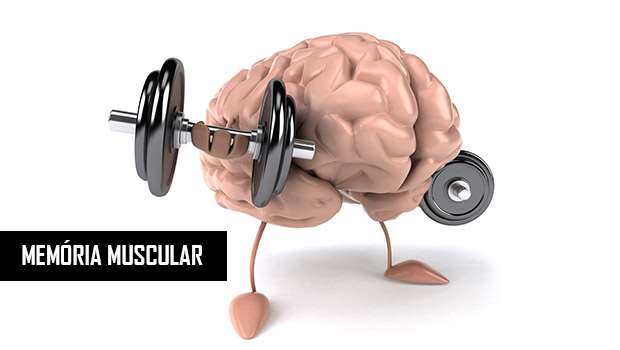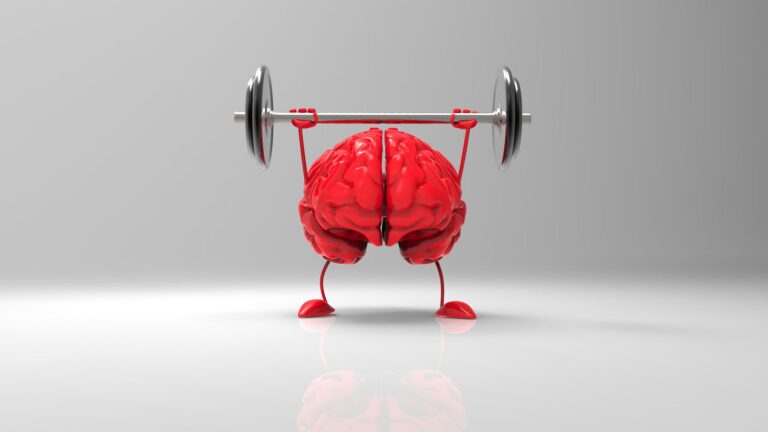

As with declarative memory, motor memory is theorized to have two stages: a short-term memory encoding stage, which is fragile and susceptible to damage, and a long-term memory consolidation stage, which is more stable. The neuroanatomy of memory is widespread throughout the brain however, the pathways important to motor memory are separate from the medial temporal lobe pathways associated with declarative memory. With practice, execution of motor task becomes smoother, there is a decrease in limb stiffness, and muscle activity, necessary to the task, is performed without conscious effort. When first learning a motor task, movement is often slow, stiff and easily disrupted without attention. This is why performing skills such as riding a bike or driving a car are effortlessly and 'subconsciously' executed, even if someone had not performed these skills in a long period of time. Findings related to the retention of learned motor skills have been continuously replicated in studies, suggesting that through subsequent practice, motor learning is stored in the brain as memory. One of the earliest and most notable studies regarding the retention of motor skills was by Hill, Rejall, and Thorndike, who showed savings in relearning typing skills after a 25-year period with no practice. In the early stages of empirical research of motor memory Edward Thorndike, a leading pioneer in the study of motor memory, was among the first to acknowledge learning can occur without conscious awareness. Movements such as facial expressions, which are thought to be learned, can actually be observed in children who are blind thus there is some evidence for motor memory being genetically pre-wired. Research suggests we do not start off with a blank slate with regard to motor memory although we do learn most of our motor memory repertoire during our lifetime. Most motor skills are thought to be acquired through practice however, more observation of the skill has led to learning as well. The retention of motor skills, now referred to as muscle memory, also began to be of great interest in the early 1900s. Such studies included the research of handwriting, and various practice methods to maximize motor learning.

Thereafter, numerous studies exploring the role of motor learning were conducted. After the break from tradition of the pre-1900s view of introspection, psychologists emphasized research and more scientific methods in observing behaviours. The origins of research for the acquisition of motor skills stem from philosophers such as Plato, Aristotle and Galen. Muscle memory is found in many everyday activities that become automatic and improve with practice, such as riding bicycles, driving motor vehicles, playing ball sports, typing on keyboards, entering PINs, playing musical instruments, poker, martial arts, and dancing. This process decreases the need for attention and creates maximum efficiency within the motor and memory systems. When a movement is repeated over time, the brain creates a long-term muscle memory for that task, eventually allowing it to be performed with little to no conscious effort.

Muscle memory is a form of procedural memory that involves consolidating a specific motor task into memory through repetition, which has been used synonymously with motor learning. ( February 2018) ( Learn how and when to remove this template message) Please help improve it by rewriting it in an encyclopedic style. This article is written like a personal reflection, personal essay, or argumentative essay that states a Wikipedia editor's personal feelings or presents an original argument about a topic.


 0 kommentar(er)
0 kommentar(er)
